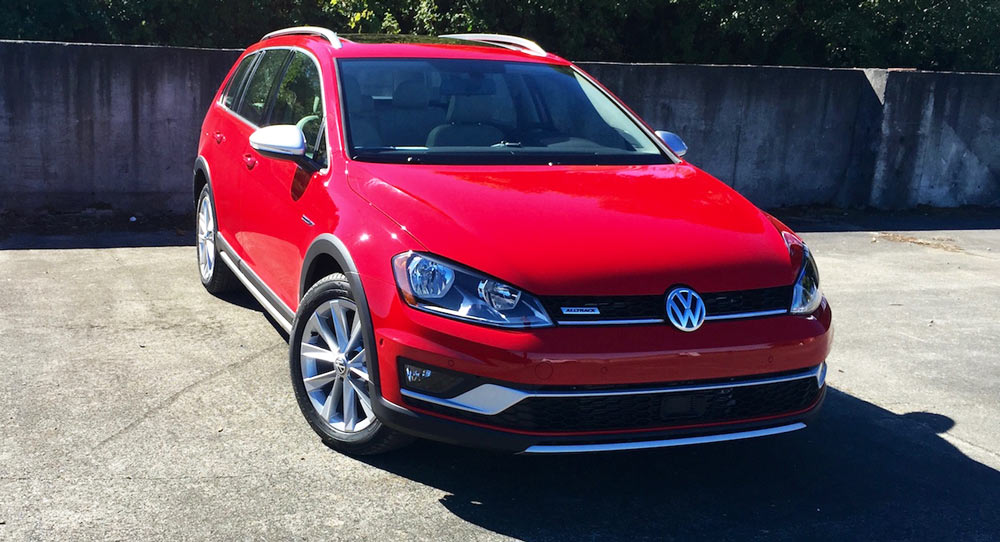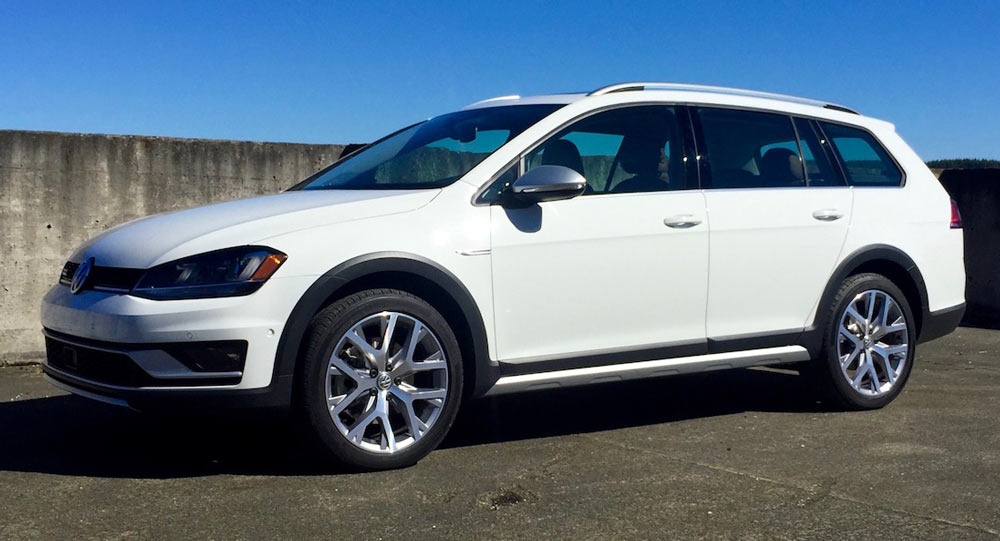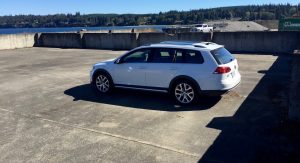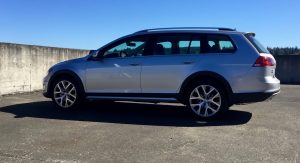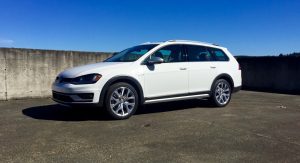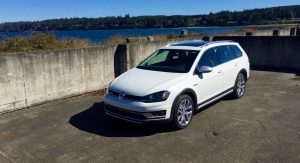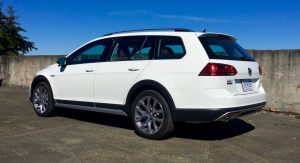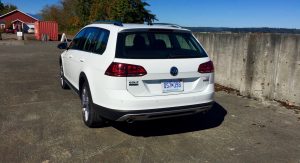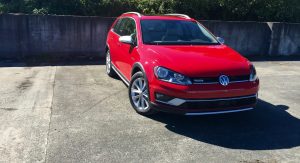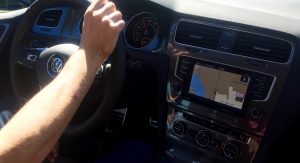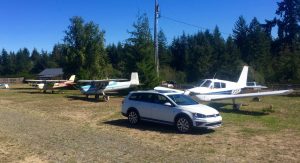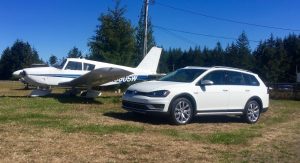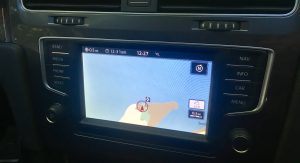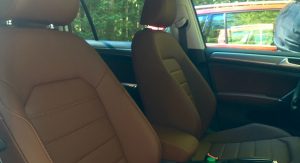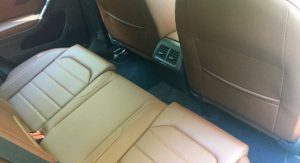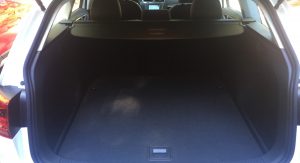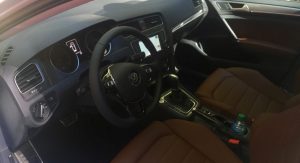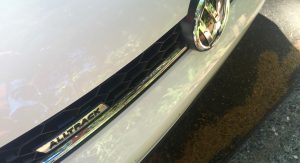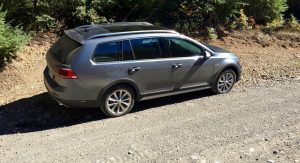Even if its maker’s reputation hadn’t taken a blow over the last 12 months, the 2017 Volkswagen Golf Alltrack had an uphill battle ahead of itself.
Showing up 20 years late to the party started by the Subaru Outback, buyers have a swath of not only lifted wagons to choose from, but also inexpensive and amiable compact crossovers that all offer all-wheel drive. Or as many Americans buying new cars call it, the must-have feature.
Volkswagen is in search of a success story in North America, hitting the reset button after somewhat addressing the disaster left behind by Dieselgate. While the Alltrack isn’t bound to suddenly become the company’s best-seller, it is the start of the changing of the conversation for VW and its quest to keep what little of its luster as a brand remains by giving the people what they want: a Subaru Outback.
And the Alltrack deserves better than the furor of disenchanted TDI owners.
Volkswagen does it again
International readers will understand the Golf Alltrack is not a new car by any stretch, and those in North America will also have a sense of deja vu as the Golf SportWagen’s looks are predictably VW wagon. A slightly tougher set of bumpers and lower trim do butch things up a little, as does a half-inch bump in ride height.
The Puebla, Mexico-built Alltracks come in three versions, all looking pretty similar. S and SE get the same attractive 17-inch wheels, while top SEL grade gets the polished 18s. Unlike other base VWs, the S doesn’t give up anything externally to the SE other than the availability of a huge panoramic glass roof. All versions get the same silver-painted mirror caps and silver roof rails in an Audi-reminiscent move.
But at the end of the day, the impression is of a mildly warmed up Golf wagon that’s been on sale for a couple of years, which isn’t bound to set any hearts racing. It’s a profile that’s barely changed since the Quantum Syncro.
There are even fewer changes inside over the closer-to-the-earth SportWagens. The Alltrack gets the standard Golf/GTI/R dash, though the fascia is swathed in gray plastic – not especially attractive, though it’s all of high quality for a car in the $25,000-$35,000 range.
New in the Alltrack, however, is the availability of a new brown upholstery. Available with both the standard leatherette seats or the leather coverings in the SEL, it’s the color you should get to make the Alltrack’s interior more interesting than the usual black or tan options VW of America usually relegates us to.
Lively it isn’t, but spacious it is. Despite relatively compact dimensions, the Alltrack feels perfectly roomy front and back. Upright windows and that big glass roof on SE and SEL cars make it airy inside even with four adults on board. All the seats up, cargo space is generous and far more than the current Tiguan’s or most other compact crossovers, even if the taller and larger Outback offers more usable space.
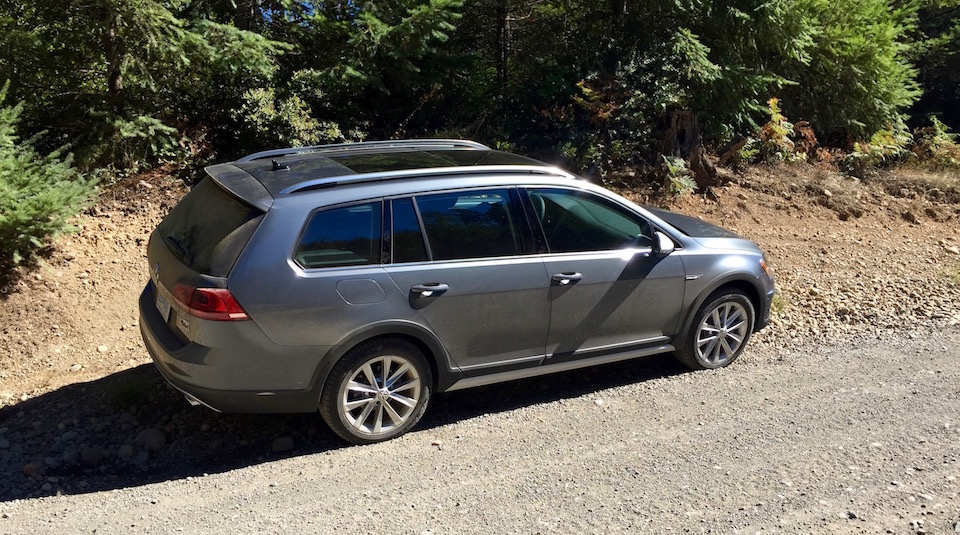
It’s not a Kübelwagen, it’s a Volkswagen
If you look at the Alltrack and say there’s no way it’s more capable on a dirt road than your Ford Escape, then you’re sorely mistaken. I can’t think of a steep Vermont driveway the VW would be overmatched by in the winter.
But what if you own one of those damn Outbacks that are everywhere in snowy places? The Subaru’s extra 1.5-inches-or-so of ground clearance would certainly make a difference on the off-road course were were on, likely cutting down on the sound of rocks bouncing off the underside and the front clip digging in. Certain maneuvers take more prodding from your right foot than you’d think, but it was surprisingly difficult to get the Alltrack really stuck. VW has the advantage, though, with a narrower and shorter vehicle, which also might make the difference depending where you take your jacked-up wagon.
All models get an Off-Rode Mode with hill descent control, and SEL cars get a dedicated off-road screen in the infotainment system that includes a wheel position guide. It sounds like the stuff of Toyota Land Cruisers and, frankly, it’s overkill here.
Where we’re going, we don’t need Allroads. #VW #Golf #AlltrackA photo posted by Zac Estrada (@zacestrada) on Sep 12, 2016 at 11:20am PDT
While all the cars we drove in Washington State this week were self-shifters, as are all of the initial cars when the Alltrack goes on sale in the U.S. in October, VW’s execs were keen to note a manual transmission will be offered in early 2017 on S and SE models. Whether or not speed or efficiency will be greatly improved by rowing your own, a manual would likely enhance the rugged feel the Alltrack so desperately wants to convey.
VW’s excellent 1.8-liter turbo four returns here, but mated to the six-speed DSG transmission rather than the torque converter auto in every other U.S. application of the engine. It’s a little more enthusiastic and responsive when you want it to be, although the added weight of the all-wheel drive system makes it feel less gutsy than in a front-drive Golf. Fuel economy estimates for the DSG are 22 city, 30 highway. Trip computers in two different cars tended to hover somewhere between 25 and 27 during our drive, including during the off-road portion.
While it would benefit from more clearance off road, the Alltrack’s main attraction is that it drives pretty much like a standard SportWagen, probably even more so than any other jacked-up wagon on the market. Apart from a slightly firmer ride, there’s very little that detracts from the standard Golf’s quick reflexes. Despite being the same system as in the Golf R, the Haldex all-wheel drive doesn’t transform the Alltrack’s on-road chops, and it’s probably best it goes mostly unnoticed on pavement.
For those who want just a car 90 percent of the time and only need an off-road machine a handful of times per year, the Alltrack hits the mark.
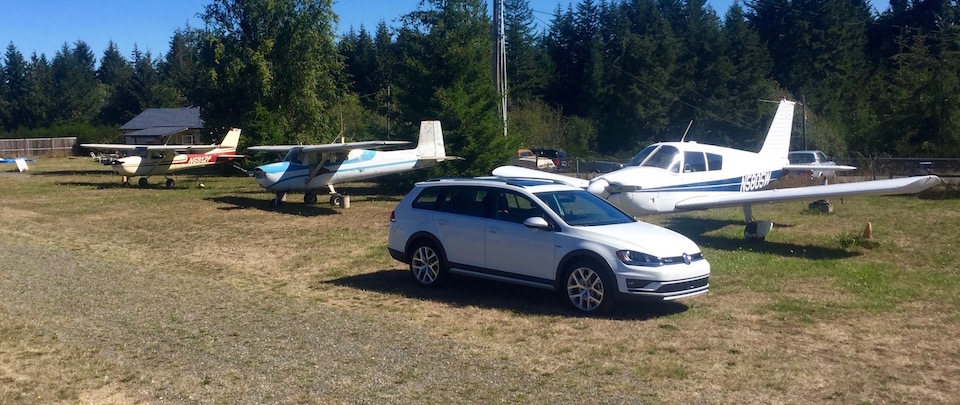
Buyers wanted
The Alltrack isn’t a surprise and that’s for the best. That’s the last thing VW needs right now. It’s the car VW needed yesterday, but it what it needs now, too.
It’s priced aggressively, starting at $26,950 for the reasonably equipped S and going up to a little less than $36,000 for a singing-and-dancing SEL with better lights and the driver assistance systems. The real winner comes next year when a manual SE can be had for around $30,000, or roughly the same price as the invisibility cloak that is the Honda CR-V EX.
Buyers looking for a not-quite-crossover to handle their winter driving tasks and seasonal recreation above all else will be drawn to the Subaru. Pretty much priced the same, it’s better value by the pound and comes with an untarnished image. No one will ever walk up to your Outback and smugly ask, “Is it a diesel?”
I have a hard time seeing too many Outback fans jumping ship to VW, But what the Alltrack offers is a way to keep VW fans from wandering over to Subaru for their jacked-up wagon needs. And that’s good, because the Alltrack actually has several pluses over the Outback, legitimately carving a niche in the mainstream market on its own. Suddenly the case for even the Audi Allroad and Volvo V60 Cross Country gets weaker in the face of a $36,000 and fully equipped Alltrack SEL.
While we were waiting for our ferry from Seattle to Bainbridge Island, many in our group gawked over a rusty Dasher wagon (first-gen Passat for the rest of the world) in the parking lot, a car that was perfectly fine for the late 1970s but stayed in the memories of Americans as well as the last debt ceiling crisis.
The Alltrack deserves better than that fate because it’s the vehicle most people who buy doughy crossovers need and don’t know they want. Whether or not VW is serious about winning the hearts and heads of Americans again will be shown here first.
Photos: Zac Estrada/Carscoops



